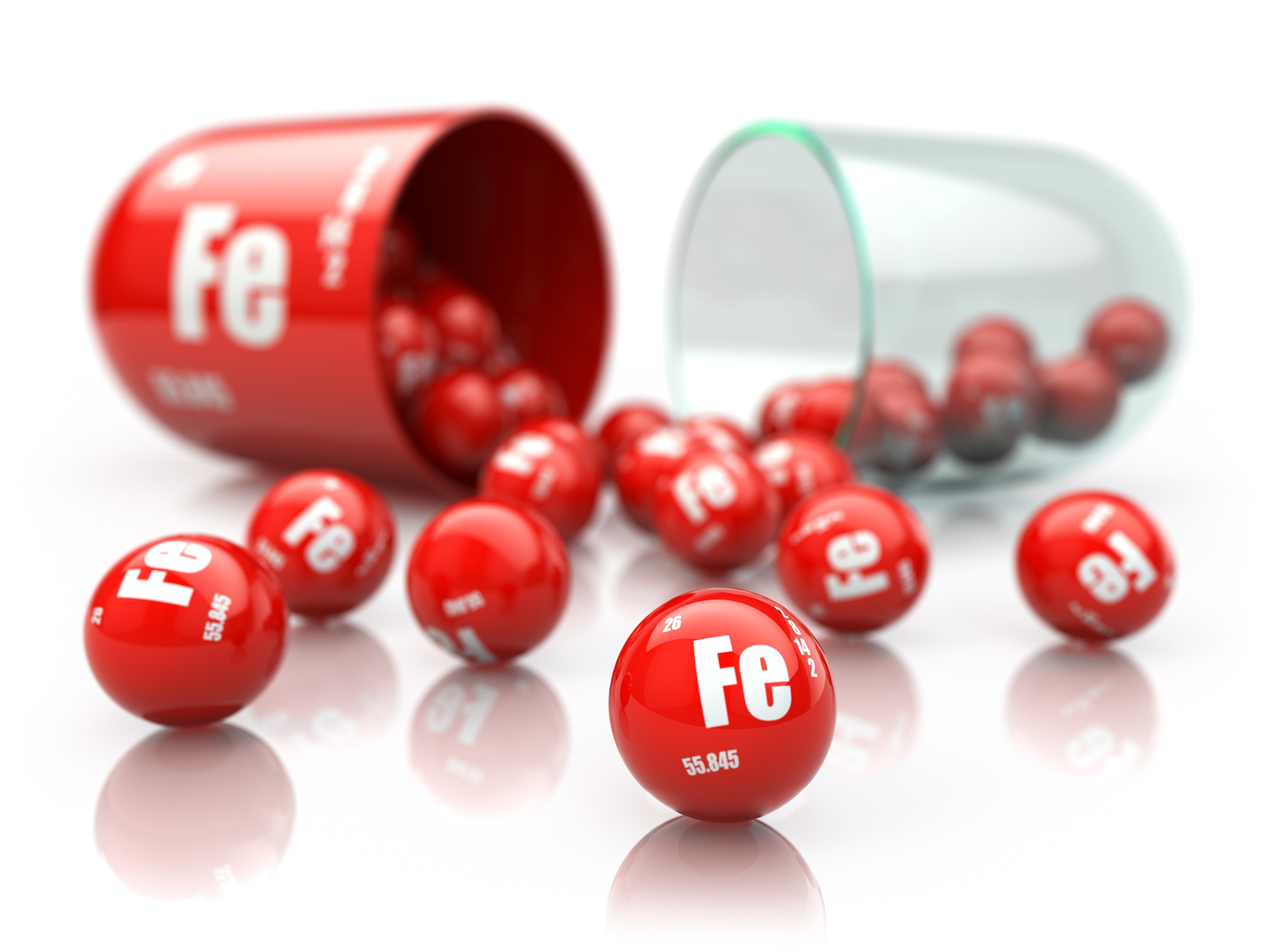Iron is a common deficiency and the main substance in producing red blood cells. Serious iron deficiency could even lead to anemia. Statistics show that approximately 10% of infants are deficient in iron and approximately 3% of children suffer from iron-deficiency anemia.
What happens with iron deficiency?
Iron not only participates in the generation of red blood cells but also is the important substance needed for the generation of various energies and nerve conduction. Therefore, iron deficiency not only could result in anemia but also affects neurocognitive functions, development retardation, hyperactivity or attention deficit, sulk, or even immunity and likelihood of infection. Do not let your children lose at the starting line of development.
How is iron deficiency diagnosed?
- Blood drawing will be required to determine iron deficiency in the body.
Who is likely to have iron deficiency?
- Infant aged between 6 months and 3 years old.
Children at this age are likely to suffer from iron deficiency due to the fast growth but do not pay attention to diet or have inadequate non-staple food intake. However due to the subclinical symptoms, children with iron deficiency may only have pale face, which makes it difficult for parents living together to find out. Usually, such children are discovered with anemia by accident due to blood drawing for other reason, and they will then be transferred to the department of pediatric hematology.
- Adolescent Female in Puberty
Adolescent female lose blood once every month due to menstruation, who are likely to suffer from loss of iron and iron-deficiency anemia over time. Since babies aged under 6 months have main source of iron from the transmission during maternal pregnancy, mothers with iron deficiency could also cause iron deficiency in breast milk and increase likelihood of iron deficiency in babies, which requires considerable precaution. Fortunately, junior/senior high schools in Taiwan currently require blood-drawing test before admission, and most students with iron deficiency will be detected with anomaly during blood-drawing test and then transferred to the department of pediatric hematology.

What is the treatment for iron deficiency?
For the popular approach of food supplement, it is recommended to eat food with more iron content. However, the bodies usually experience severe iron deficiency in the case of iron-deficiency anemia, and hence food supplement is a slow remedy that could not address the urgency. Ferrous products will be the necessary supplement to make up for the deficient iron. Babies and infants can take drop forms of ferrous products until the anemia numbers improve. It takes at least 3 months of ferrous product to compensate the deficient iron. The food supplement with rich content of iron will naturally be the subsequent action.
Conclusion
Iron deficiency is one of the health related issues in children, which sometimes could lead to sequela of reversible and irreversible neurocognitive development. If the child’s age is in the high incidence of iron-deficiency anemia and companied by paleness, fatigue, poor appetite, or growth retardation, it is recommended to take the child to the pediatric hematology of medical institutions for blood test and check for deficiency of iron.

